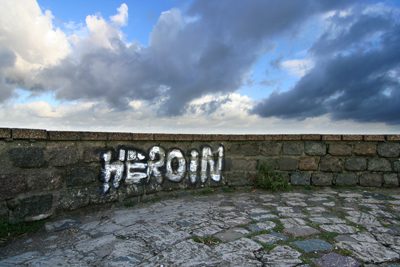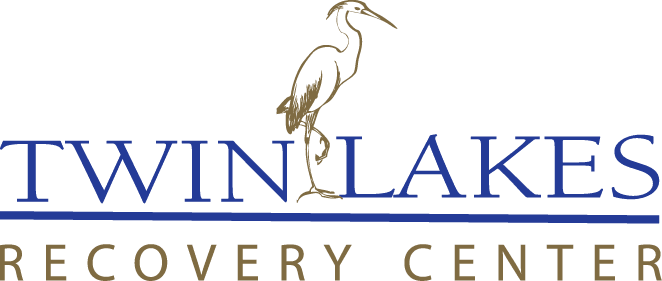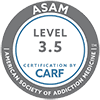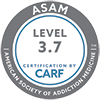 People are addicted to many legal drugs, such as painkillers, alcohol, or other pharmaceuticals.
People are addicted to many legal drugs, such as painkillers, alcohol, or other pharmaceuticals.
Of course, illegal substances are just as dangerous, and heroin addiction statistics showcase this fact. Heroin is often the next step after an addiction to opioids or other pain medication has formed. The user develops the need for larger quantities of pain medication in order to achieve that same high or to level out. This is called tolerance and occurs in almost every individual who abuses drugs or alcohol.
The National Institute on Drug Abuse states that “nearly half of young people who inject heroin surveyed in three recent studies reported abusing prescription opioids before starting to use heroin.”
This helps accurately convey that addiction is indeed a progressive illness. Many of these same individuals interviewed “report that crushing prescription opioid pills to snort or inject the powder provided the initiation into these methods of drug administration” (NIH). Heroin is more often administered intravenously or snorted, making the transition from snorting or shooting pain medication to heroin seem not quite as extreme to those actively using. The Centers for Disease Control and Prevention says that, “45% of people who used heroin were also addicted to prescription opioid painkillers.” This heroin addiction statistic helps confirm that there is often a direct correlation to prescription pain pill abuse and heroin use.
Anyone has the potential to become addicted to drugs or alcohol— addiction holds no prejudice in regards to income, race, gender, religion, or any other identifier. That being said, the CDC has conducted research in regards to heroin addiction statistics and has found that some individuals are more at risk than others.
These include:
- People who are addicted to prescription opioid painkillers
- People who are addicted to cocaine
- People without insurance or who are enrolled in Medicaid
- Non-Hispanic whites
- Males
- People who are addicted to marijuana and alcohol
- People living in a large metropolitan area
- 18 to 25 year-olds
Although heroin use and opioid-related overdoses have increased over the past decade, there is a solution to the vicious cycle of addiction.
12-step programs can provide tools and teach a way to live free from drugs or alcohol. There are accredited facilities that can provide monitored detox, specialized therapy, and psychiatric evaluations, as well as inpatient treatment. If you or someone you love is becoming one of these heroin addiction statistics, or if you even suspect there might be an issue, help is available.
References:
Drug Facts-Heroin. National Institute on Drug Abuse. October 2014.
Today’s Heroin Epidemic. Centers for Disease Control and Prevention. July 2015.



